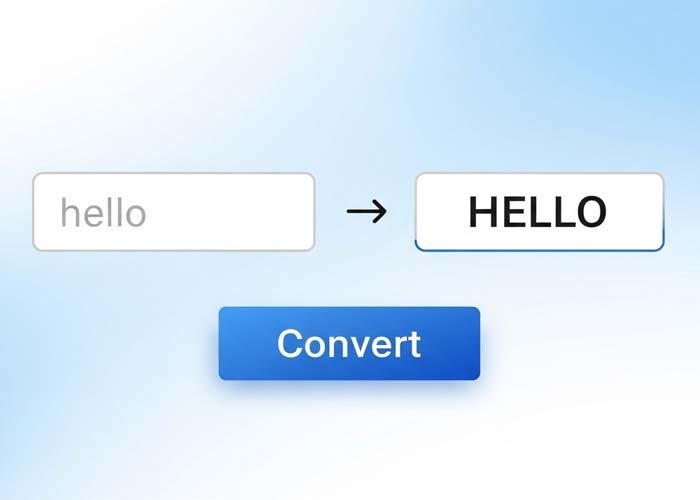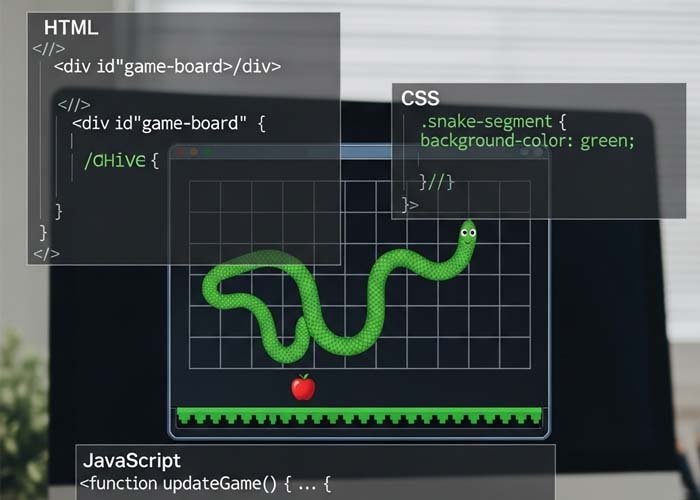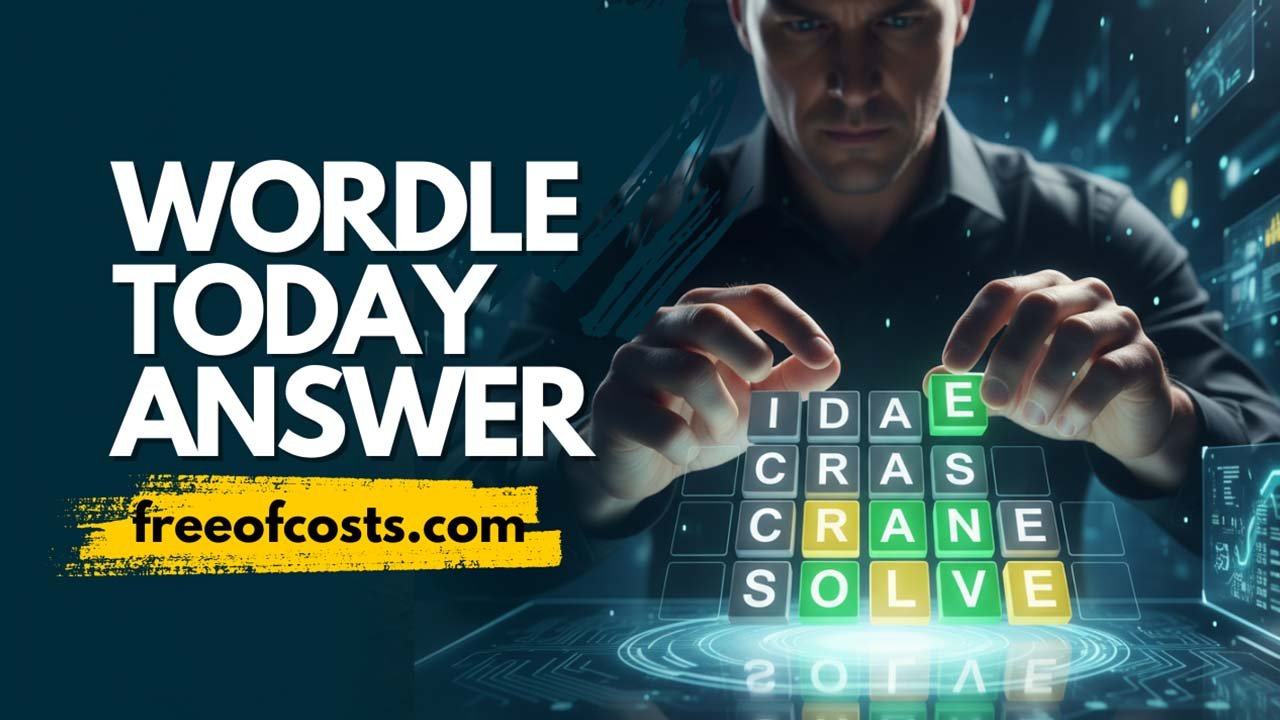3D Hover Card with Mouse Tracker Using HTML and CSS Only
This creative layout demonstrates how to build a fully animated 3D hover card using just HTML and CSS, without any JavaScript. The design features a smooth interactive effect that responds to mouse position, giving the card a real-time rotation as the cursor moves across a grid of invisible zones.
How the Layout is Structured
At the core of this design is a single card placed inside a fixed-size container. Surrounding the card are 25 invisible “tracker” zones arranged in a 5×5 grid. Each of these zones corresponds to a specific direction of mouse movement, allowing the card to react and tilt toward the hovered section.
The outer wrapper uses a grid system to divide the card area into 25 equal regions. These regions are not visible but act as interactive hotspots. When the mouse hovers over any of these spots, it changes the visual appearance of the card by applying 3D rotation based on the zone.
Mouse Tracking and 3D Rotation
Each tracker area is programmed to apply a different 3D transform to the card when hovered. For example, hovering over the top-left tracker causes the card to tilt upwards and to the left, while hovering over the bottom-right area makes it tilt down and to the right.
The rotation is controlled using CSS transform properties like rotateX and rotateY. These values change depending on which tracker zone is active, giving the illusion that the card is physically responding to the mouse’s position in real time.
The Card Itself
The card features a gradient background with some playful text. At the top, there’s a prompt message (“HOVER OVER :D”) that disappears as soon as any tracker area is activated. This prompt encourages interaction and makes it clear that the card is interactive.
Once the user moves their mouse over the card area, a hidden title fades into view — showing the message “look mom, no JS” — reinforcing that this effect is built entirely with CSS.
Styling and Visual Effects
The card uses a smooth gradient background that shifts in color from one edge to the other. Behind it, a blurred version of the gradient adds depth. Rounded corners and centered text give it a clean and modern look.
The transition between states is smooth, handled entirely with CSS transitions. The container even reacts to a mouse click (or tap), shrinking slightly to give a button-like feedback feel. This small detail adds another level of polish to the interaction.
Mobile Consideration
Since the interaction relies on precise mouse positioning over small grid zones, the effect may feel less smooth or even janky on mobile devices. While the design is responsive in structure, its primary strength lies in desktop environments where hover tracking is more intuitive.
Final Thoughts
This layout showcases the power of CSS to create advanced interactions without relying on JavaScript. By breaking the area into interactive zones and assigning rotation effects to each, the design achieves a 3D hover card with a fluid and impressive look. It’s a great example of how far CSS has come — offering interaction, animation, and responsiveness with clean and manageable code.
This code uses HTML and CSS only — no JavaScript included.
Copyright – 2025 kennyotsu (kotsu)
Permission is freely granted to anyone who obtains a copy of this software and its accompanying documentation files (referred to as “the Software”), allowing them to use, copy, modify, merge, publish, distribute, sublicense, and even sell copies of the Software. Additionally, users are allowed to permit others to use the Software under these same terms.
It is required that the above copyright notices and this permission notice be included in all versions or significant portions of the Software.
Please note, the Software is provided “as is”, without any form of warranty—express or implied. This includes, but is not limited to, warranties of merchantability, fitness for a specific purpose, or non-infringement. Under no circumstances shall the original authors or rights holders be held responsible for any claims, damages, or other liabilities that may arise from the use of the Software, whether through legal action, negligence, or otherwise.
All code on Freeofcosts.com is reviewed before publishing. Each post includes a live code editor with real-time preview, so you can experiment and learn by doing. Most code is open-source and free to use or modify under respective licenses.



